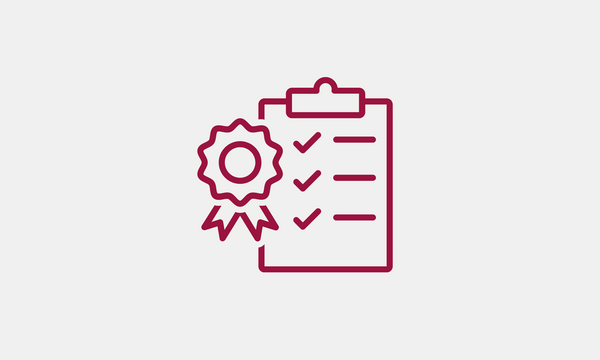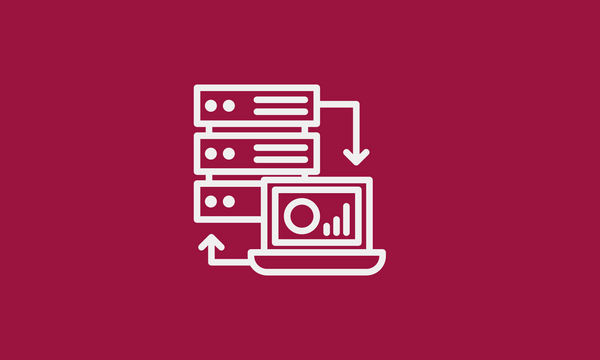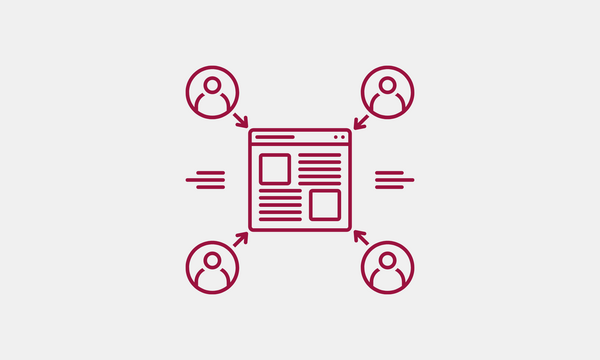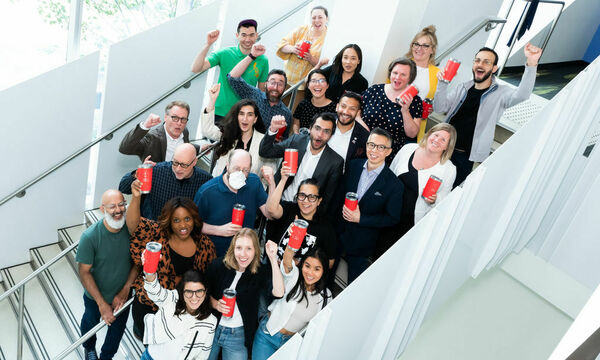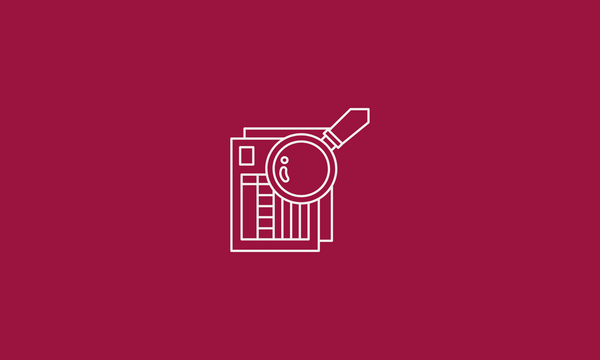Working Within the Box: Innovation in government procurement
Jason Farra
November 5, 2018

When looking to purchase products or services, governments follow a strict process to ensure procurement occurs in a fair and transparent manner that reduces risk. Typically, this involves issuing a Request for Proposal (RFP) containing a long list of requirements and specifications, which can be a lot of work for governments to create and for applicants to respond to.
As a result, only large organizations with the resources to complete all the necessary paperwork can usually apply to the RFP and win the contract.
However, many governments are experimenting with agile and challenge-based forms of procurement, especially when it comes to building and buying technology. Rather than deciding on the solution to a problem beforehand, they allow the market to respond with a menu of potential solutions for the government to choose from. These approaches more closely mirror how software and digital products are built in the private sector, and can encourage more startups and tech companies to participate.
On Oct. 26, 2018, Civic Hall Toronto members gathered to hear examples of innovation in government procurement from Paula Kwan, Director of the Civic Innovation Office at the City of Toronto, and Karen Gomez, Program Manager of the Municipal Information Exchange (MIX) at the City of Guelph.
Experimenting with procurement at the City of Toronto
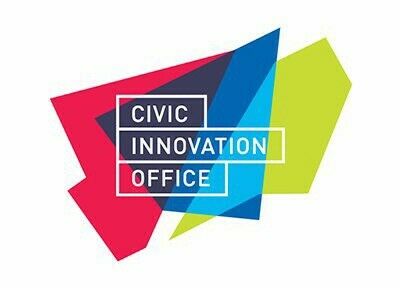
Paula spoke about the Civic Innovation Office’s efforts to improve Toronto’s 311 service. Rather than issuing a standard RFP, they developed an Invitation to Partner (ITP). Instead of listing specific requirements for applicants to meet, or laying out specifications for a pre-scoped solution, they asked applicants how they would go about improving 311. The ITP asked: What might their solution look like, how would they go about validating and building it, and what help would applicants need from the City to do so?
“We’re deconstructing the traditional RFP process … We want someone to come on board as a partner, not a vendor.”
Many of the applicants had never responded to a City of Toronto RFP before. Framing the problem as a challenge allowed applicants to see themselves as partners who could work with the City to solve the challenge. The ITP was also focused on prototype development, which meant that applicants who didn’t necessarily have the expertise for implementation could still be eligible, and also gave the City the chance to decide whether to proceed with implementing the solution at the end of the prototyping phase.
New procurement partnerships at the City of Guelph
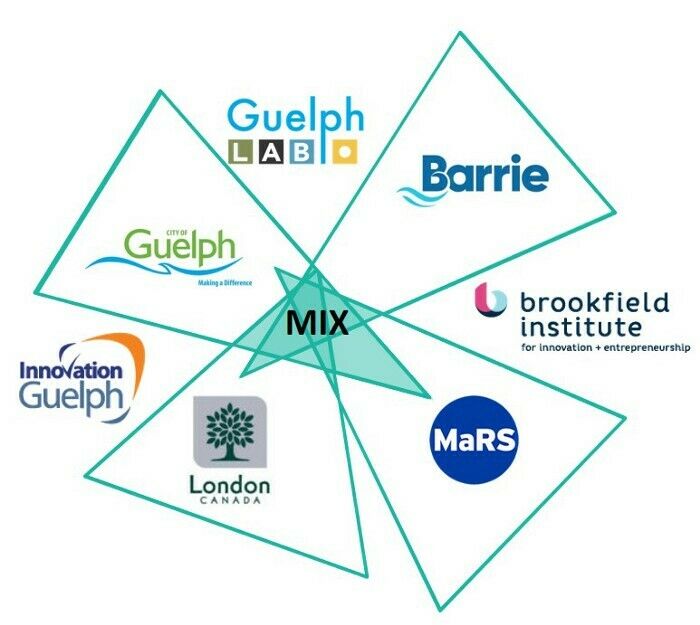
Karen discussed the City of Guelph’s Civic Accelerator, which started in 2016. Challenge-based procurement was used to select two companies to work with the City to help solve two local issues: “How can Guelph Water Services enable citizens to detect leaks and reduce their water use?” and “How can we make it easier for the public to provide feedback on planning decisions?”
The Civic Accelerator pilot was successful, and not only resulted in the City procuring two innovative solutions, but also helped two Canadian civic tech startups — including Alert Labs — scale their products.
While some see procurement reforms as an example of ‘outside the box’ thinking, both speakers stressed that the best procurement innovations actually find new ways to work within existing frameworks.
“Procurement can be a tool for innovation and not just a wall to get through … It’s less about thinking outside the box, and more about learning how big the box actually is.”
Guelph is now building upon this experience by working on a three-year Municipal Information Exchange (MIX) project. Run in partnership with the cities of London and Barrie, as well as the MaRS Discovery District, MIX will involve more challenge-based procurement pilots, allowing for study of the commonalities and differences in procurement among the three cities. The learnings will then be used to create a best practice Municipal Innovation Procurement Framework.
Examples & Resources
A key theme that emerged from the event was that procurement reform requires culture change. Many government teams are used to buying things a certain way, and it can be difficult to get them to pivot.
Both Paula and Karen stated that case studies and examples of procurement innovation can help public servants make the case for change. So Civic Hall Toronto has curated a list of stories, case studies, examples and tools to help our members — and others — build buy-in for new approaches to procurement.
Check them out below, and if you have any examples you’d like to add to the list, include them in the comments below, or email jason@codefor.ca.
City of Toronto’s Civic Innovation Office
- Five reasons to get excited about Toronto’s new Civic Innovation Office
- The Office’s Invitation to Partner (ITP)
City of Guelph
- The Brookfield Institute’s report on the Civic Accelerator pilot project
- The Municipal Information Exchange (MIX)
Government of Canada
- Treasury Board starts search for Phoenix replacement with new way of buying IT (and the new, more agile RFP itself)
The Startup in Residence Program (STIR)
- The STIR program in the United States
- The STIR program in British Columbia
- The STIR program in Edmonton
California Department of Social Services
- How Code for America helped California use agile procurement for a new Child Welfare System (and the RFPs that were issued)
International resources
- The UK Government Digital Service’s Technology Code of Practice
- Italy’s new framework of principles for technology procurement
- Guidelines for challenge-based procurement from 18F co-founder Robert L. Read
- The Atlas’ procurement toolkit for small and mid-sized cities
Interested in attending a Civic Hall Toronto event, or becoming a government member? Check out civichallto.ca to learn more.
